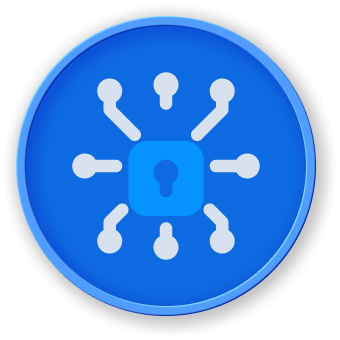Security Best Practices
Understanding Include Vulnerabilities
PHP include mechanisms can introduce significant security risks if not properly managed. In LabEx secure development environments, understanding potential vulnerabilities is crucial.
Common Include Security Risks
graph TD
A[Include Vulnerabilities] --> B[Remote File Inclusion]
A --> C[Local File Inclusion]
A --> D[Path Traversal]
A --> E[Unauthorized Access]
Sanitizing Include Paths
<?php
function secureInclude($filename) {
// Validate and sanitize filename
$safeFilename = basename($filename);
$allowedFiles = [
'header.php',
'footer.php',
'config.php'
];
if (in_array($safeFilename, $allowedFiles)) {
require_once $safeFilename;
} else {
// Log potential security attempt
error_log("Unauthorized include attempt: $safeFilename");
die("Invalid file");
}
}
Security Configuration Recommendations
| Practice |
Description |
Implementation |
| Whitelist Approach |
Allow only predefined files |
Use strict file validation |
| Absolute Paths |
Use full system paths |
Avoid relative path vulnerabilities |
| Disable URL Includes |
Prevent remote file inclusion |
allow_url_include = Off |
Preventing Path Traversal
<?php
function securePath($path) {
// Remove directory traversal attempts
$cleanPath = str_replace(['..', './'], '', $path);
$fullPath = '/var/www/secure/' . $cleanPath;
if (strpos($fullPath, '/var/www/secure/') !== 0) {
throw new Exception('Invalid path');
}
return $fullPath;
}
PHP Configuration Security
Recommended php.ini Settings
## Disable dangerous PHP settings
allow_url_include = Off
disable_functions = exec,passthru,shell_exec,system
open_basedir = /var/www/:/tmp/
Advanced Protection Strategies
- Implement strict access controls
- Use dependency injection
- Implement comprehensive logging
- Regularly update PHP version
- Use security scanning tools
Error Handling and Logging
<?php
set_error_handler(function($errno, $errstr, $errfile, $errline) {
// Custom error handling for include operations
error_log("Include Error: $errstr in $errfile on line $errline");
// Prevent information disclosure
die("An error occurred");
});
Monitoring and Auditing
- Implement comprehensive logging
- Use intrusion detection systems
- Regularly review include patterns
- Conduct security audits




